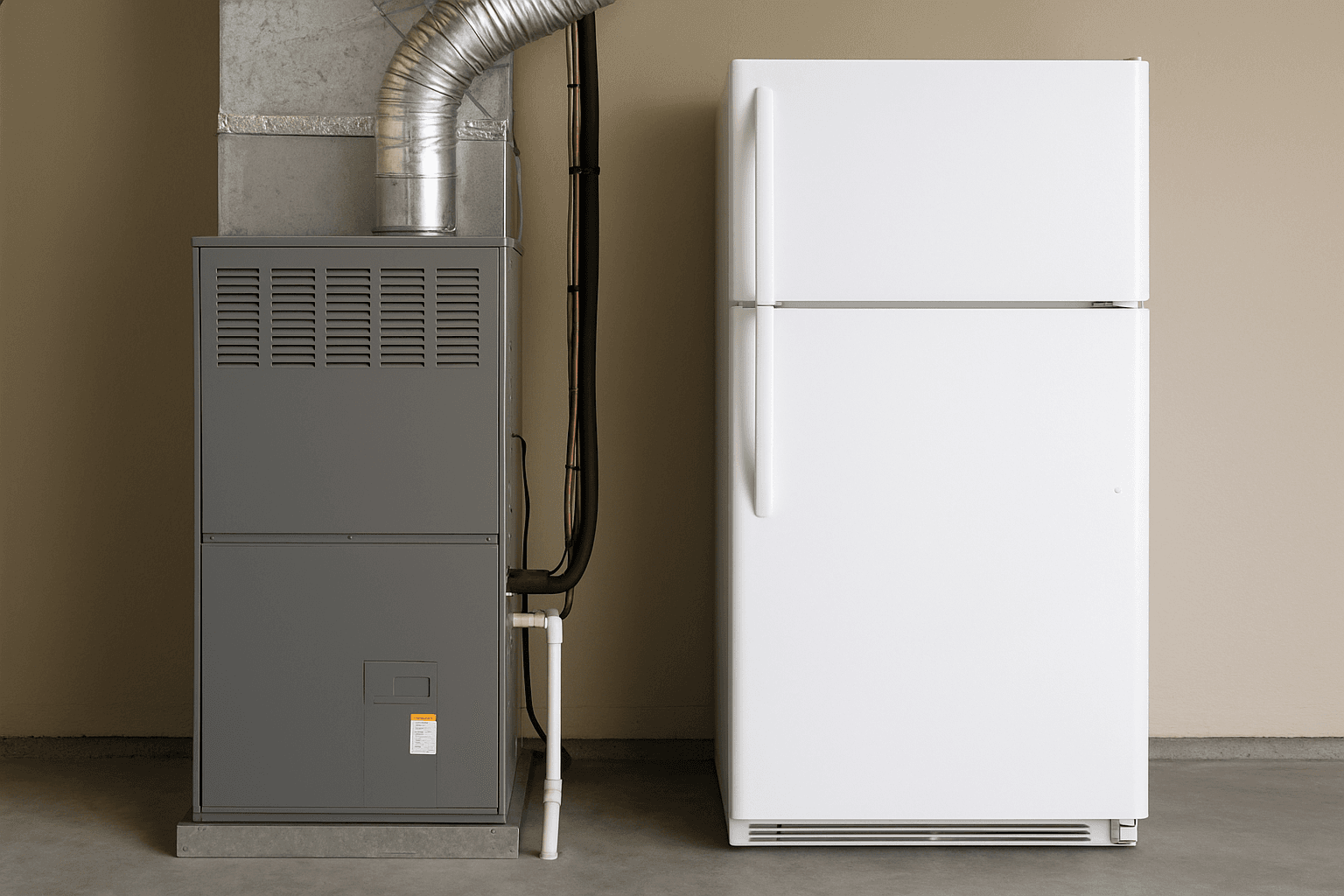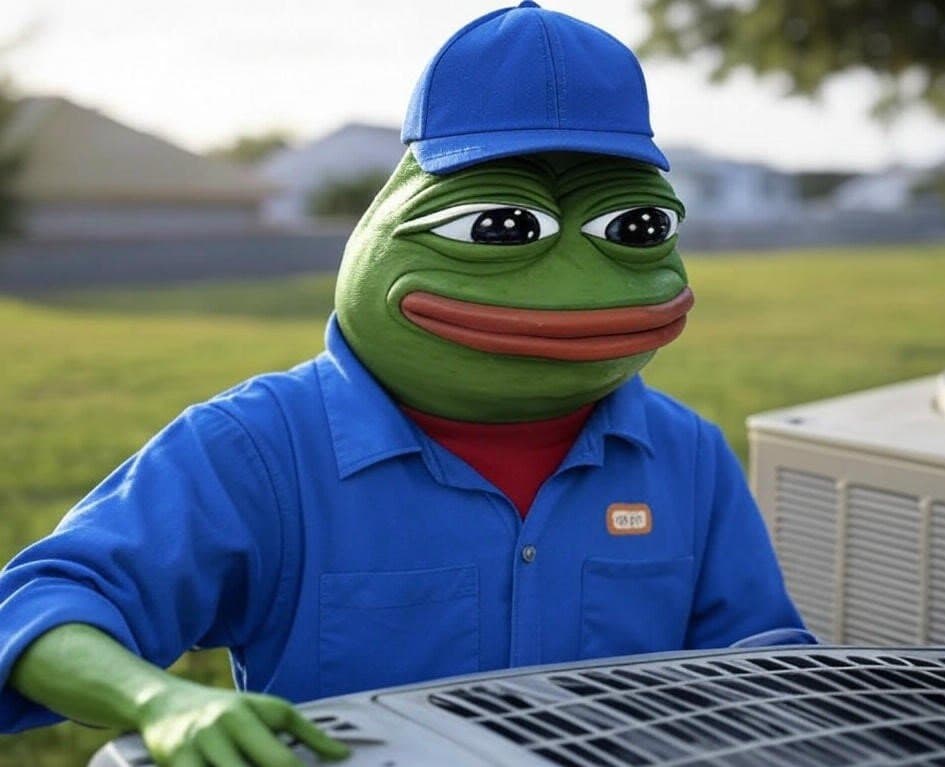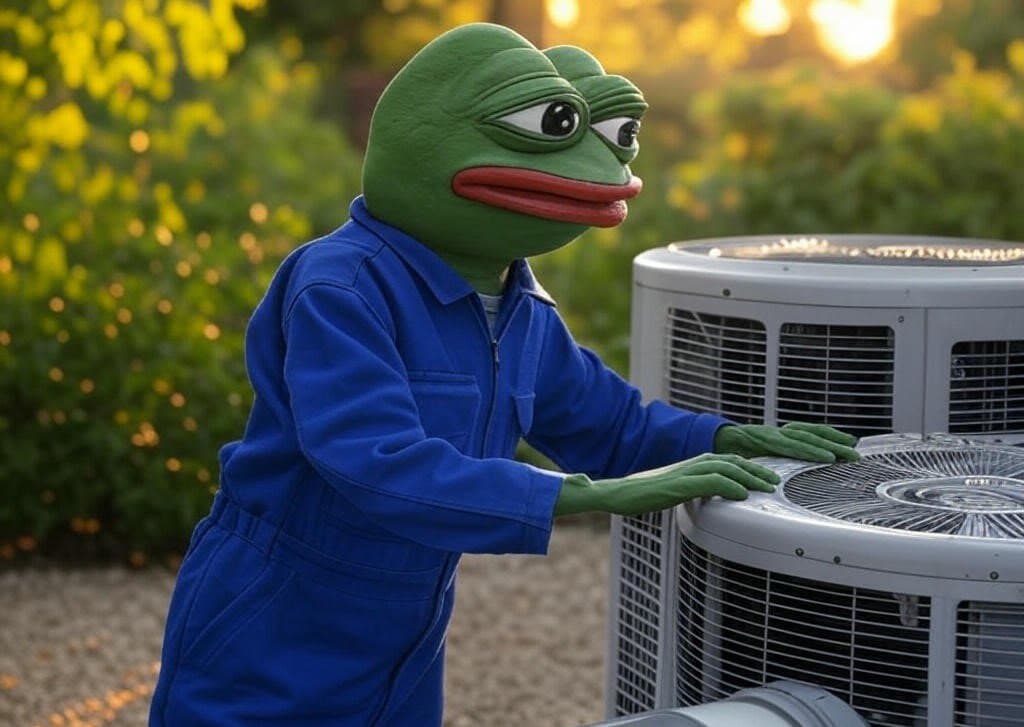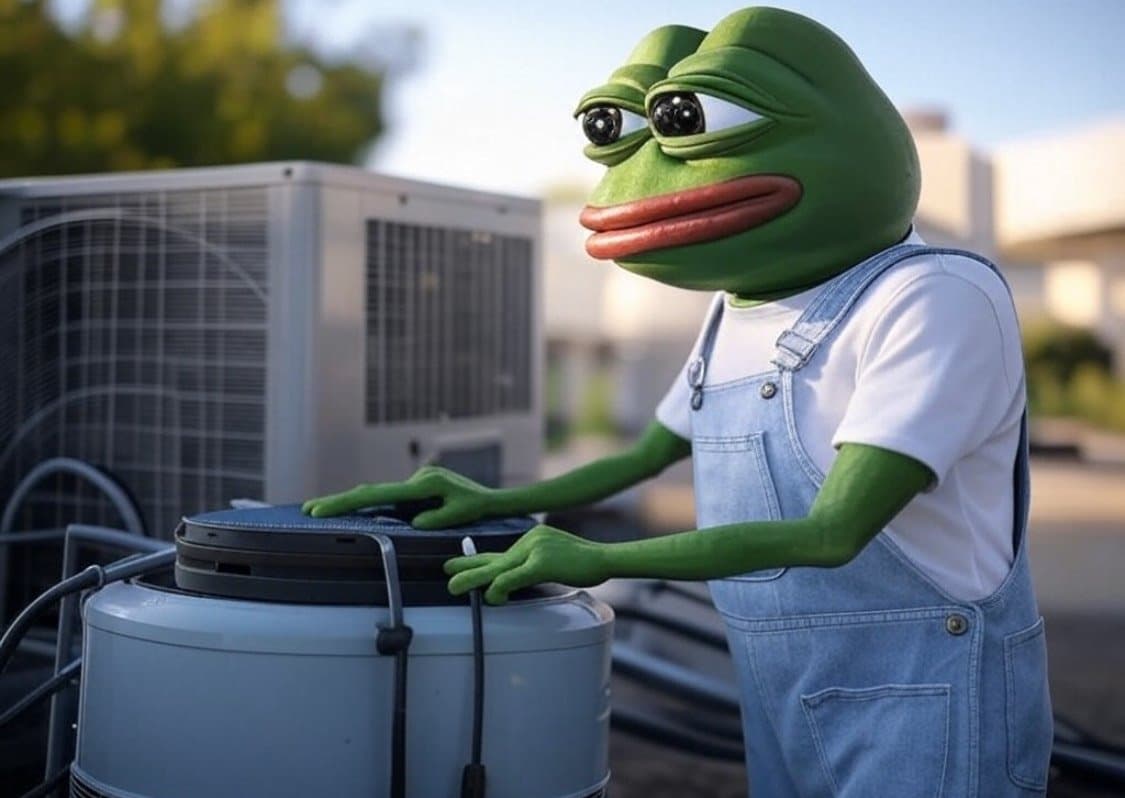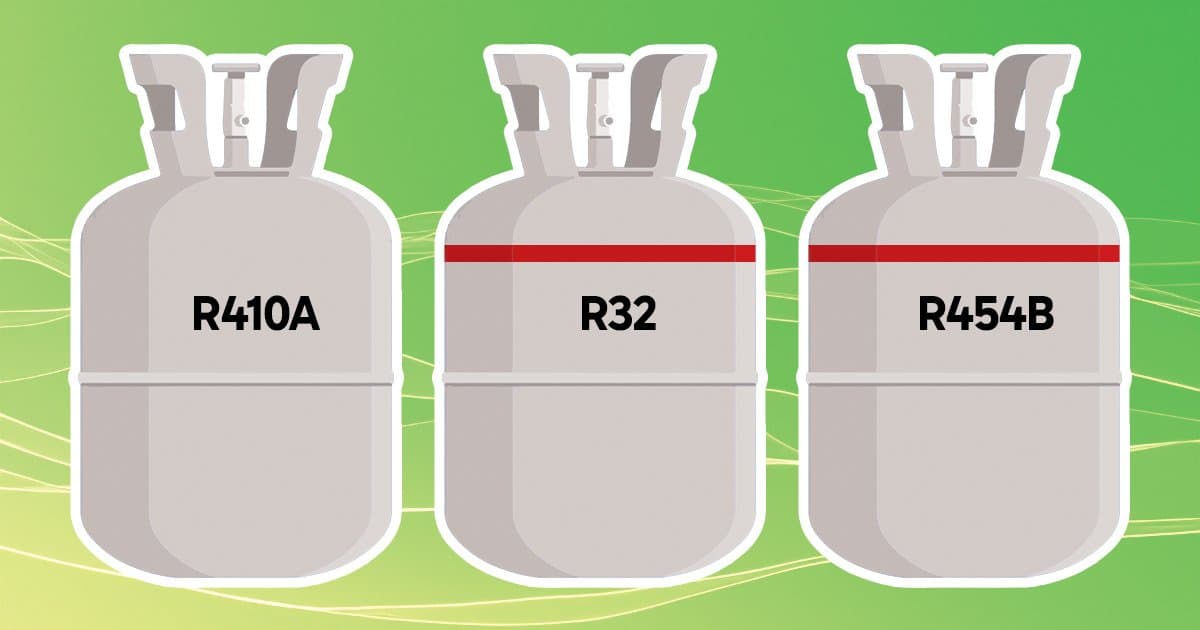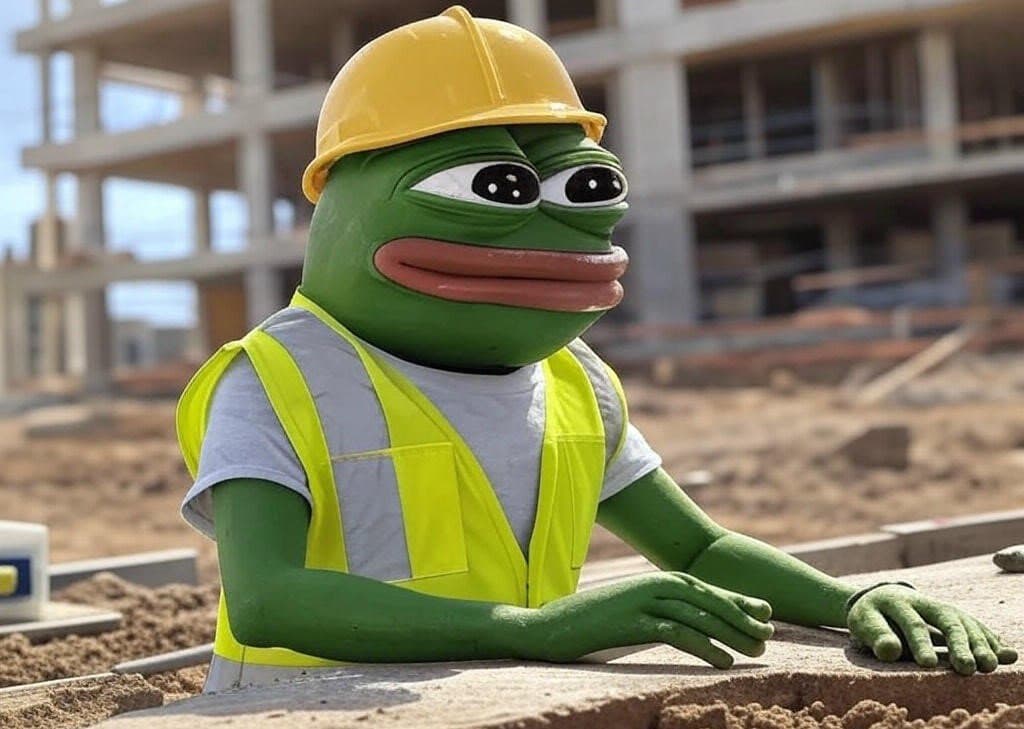
Why HVAC Prices Are Rising in 2025 — What Homeowners Should Know
Why HVAC Prices Are Rising in 2025 — What Homeowners Should Know
Across the United States, homeowners are noticing that the cost of repairing or replacing HVAC (heating, ventilation, and air conditioning) systems has increased significantly.
This rise isn’t random — it’s tied to several large-scale global and economic shifts.
Here’s a closer look at what’s causing HVAC prices to go up and why it’s important to plan ahead.
1. Global Tariffs and Material Costs
Recent tariffs on imported goods like steel, aluminum, and microchips have had a direct impact on the HVAC industry.
Since many HVAC components rely on these materials, manufacturers have seen their production costs rise — and those increases are passed down to consumers.
2. Supply Chain Disruptions
The effects of global supply chain issues are still being felt in 2025.
Manufacturing slowdowns, labor shortages, and transportation delays have led to limited availability of HVAC units and parts. Limited supply almost always means higher prices, especially during peak seasons when demand surges. We have already begun this with the shortage of R454-B refrigerant.
3. Rising Energy and Production Expenses
Energy costs — critical for manufacturing, shipping, and installing HVAC equipment — have climbed steadily over the past few years.
Higher fuel prices and increased costs in related industries (such as construction) are also contributing to higher HVAC system prices.
4. Environmental Regulations and Equipment Upgrades
The industry is currently moving toward new, environmentally friendly standards, especially regarding refrigerants.
Many older refrigerants are being phased out in favor of greener alternatives, leading to updated equipment designs that meet stricter energy-efficiency and emissions standards.
While these changes are positive for the environment, they often come with higher upfront manufacturing and installation costs.
5. Increased Demand for High-Efficiency Systems
Homeowners are increasingly investing in more energy-efficient HVAC systems to combat rising utility bills.
The demand for smarter, more efficient, and eco-conscious solutions has contributed to higher costs, as newer technology typically carries a premium.
What Homeowners Can Do
Given these trends, homeowners considering HVAC repairs or replacements should act strategically.
Scheduling maintenance early, exploring financing options, and planning upgrades before peak seasons can help manage costs more effectively.
Additionally, investing in energy-efficient systems may offer long-term savings through lower utility bills and potential tax credits.
Conclusion
The rise in HVAC prices is driven by complex global and economic factors — from tariffs and supply chain issues to new environmental standards.
Understanding these trends can help homeowners make smarter, more cost-effective decisions about their heating and cooling needs in 2025 and beyond.
